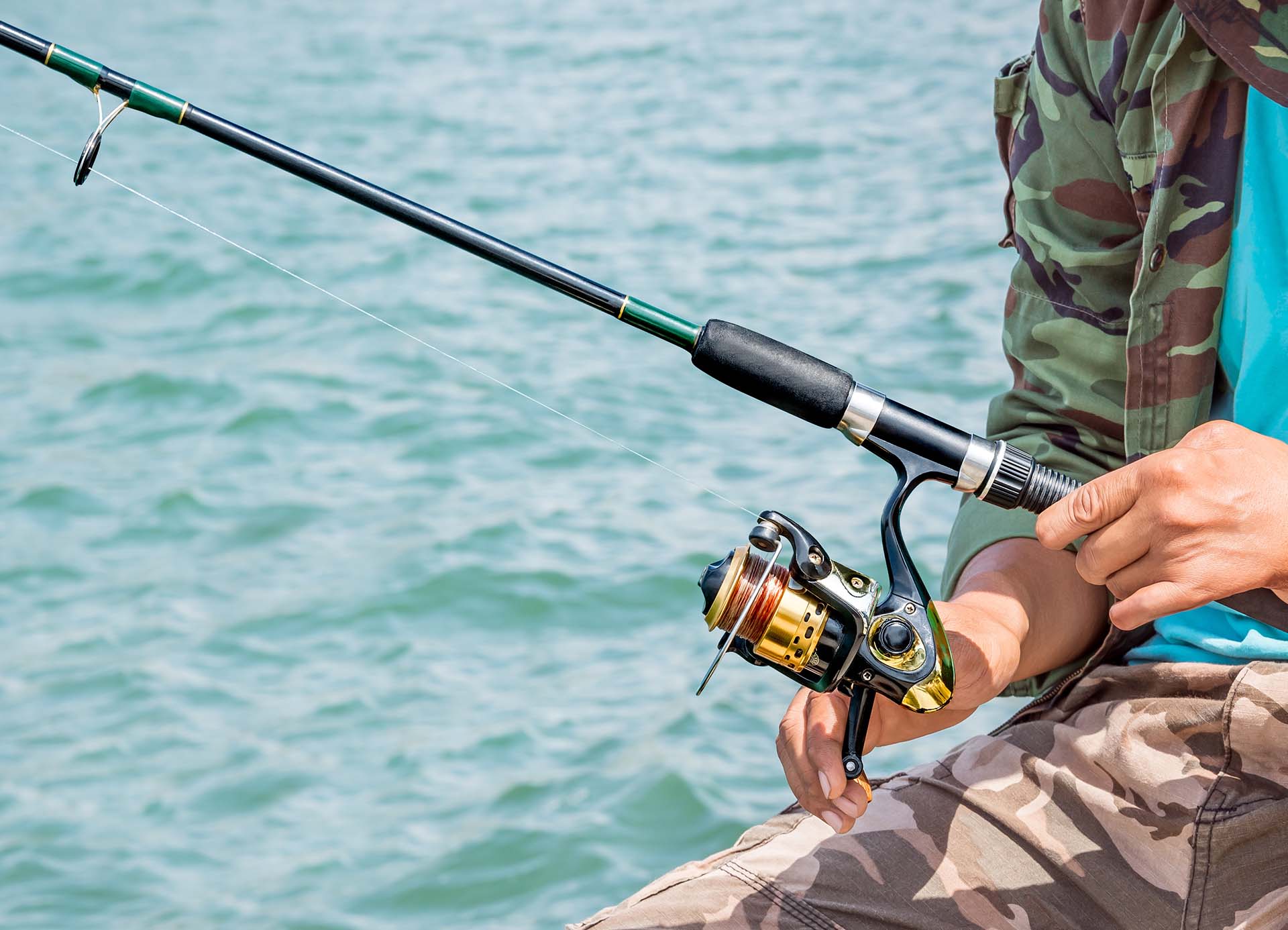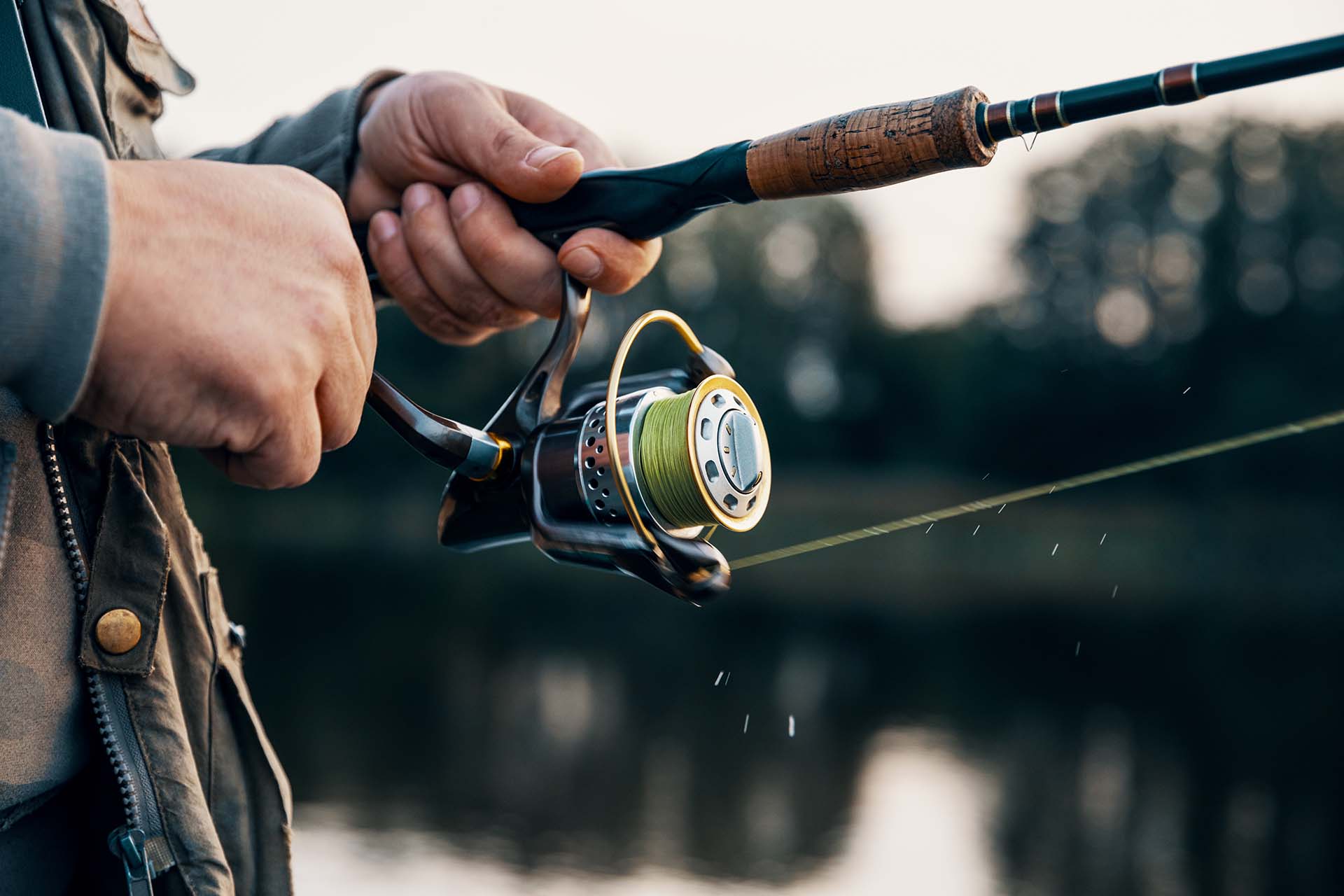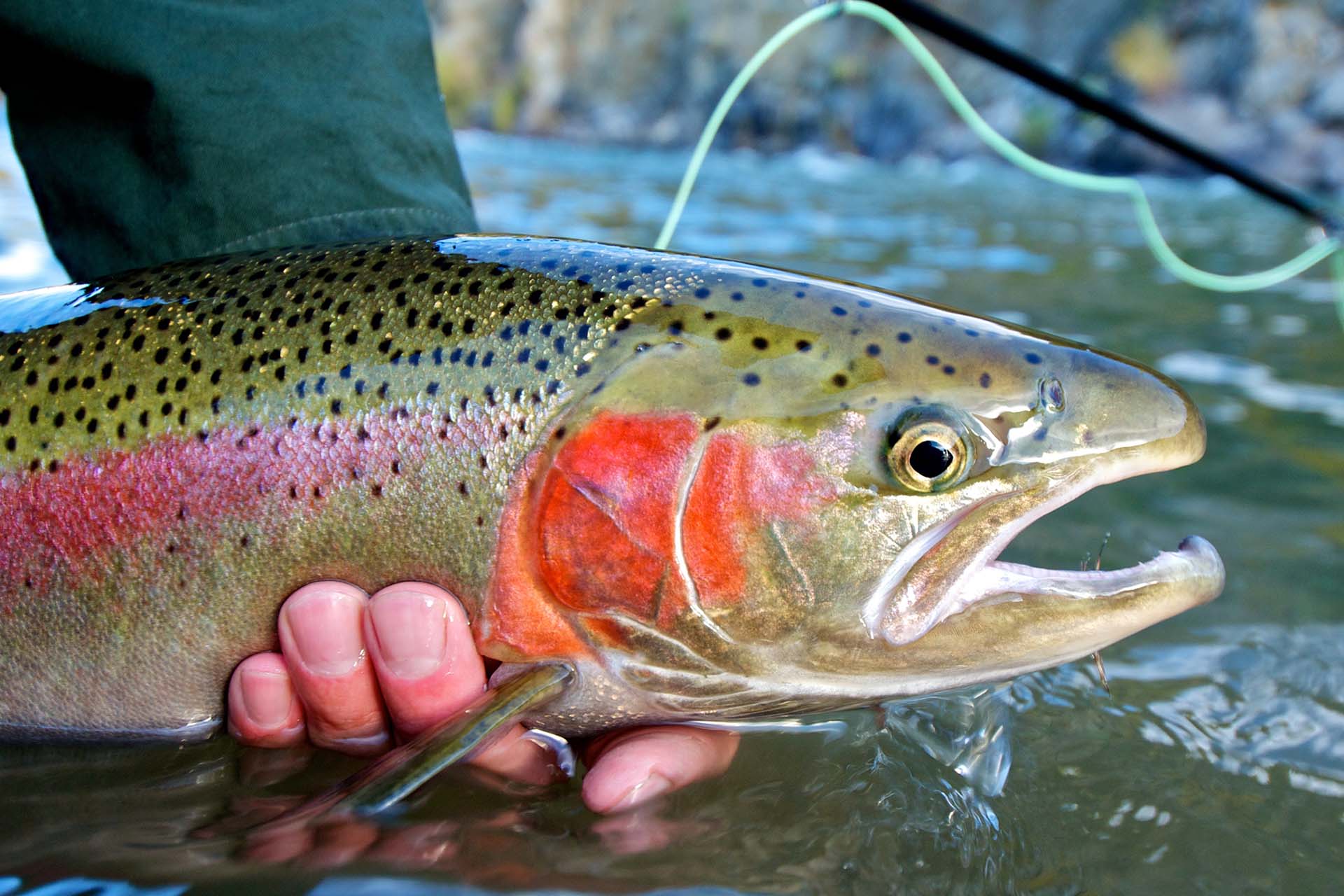Unlock the secrets of fishing gear maintenance as we delve into the detailed guide on how to unstick a telescopic pole. We’ll explore DIY pole repair techniques, the importance of telescopic pole lubrication, and preventive measures to ensure optimal performance. Join us on a journey to master the art of telescopic pole maintenance.
How to Unstick a Telescopic Pole?
To unstick a telescopic pole, identify the sticking point, then clean the pole thoroughly to remove dirt and debris. Apply a suitable lubricant to reduce friction, and gently maneuver the sections to loosen any tight spots. If needed, tap the pole lightly to dislodge obstructions. In stubborn cases, consider using heat to make the material more pliable. Remember to exercise caution and, if issues persist, seek professional assistance for a thorough inspection and repair.

Start With Understanding the Role Of Telescopic Poles in Fishing
They are versatile tools appreciated for their convenience and portability. These collapsible objects, also known as telescopic fishing rods, offer a space-saving solution without compromising performance.
Designed to extend and retract easily, they are ideal for anglers on the go, fitting neatly into backpacks or travel cases. Also, they are commonly used in various fishing scenarios, from shore fishing to backpacking trips, allowing anglers to adapt to different environments.
Identifying Common Culprits – Why Telescopic Poles Get Stuck?
Despite their practical design, these poles may encounter issues, such as sticking, that can hinder their smooth operation. Understanding the reasons behind it is crucial for anglers seeking to maintain and prolong the life of their fishing equipment.
Factors like dirt, rust, and improper handling can contribute to these challenges, and addressing them promptly ensures a seamless fishing experience. So, avoiding telescopic pole damage should be your priority if you want to make the most of your gear.

Prepare for the Unsticking Quest in the Best Possible Way
To safely loosen up the gear, focus on safety first. This helps avoid accidents or more damage to the object. And it all starts by making sure your work area is stable and safe to prevent any surprises.
Wear the right safety gear, like gloves and safety glasses, to protect yourself. Also, before trying anything, get to know how the telescopic pole works, its structure, and its mechanics. This helps you handle it better and more safely.
Gather the Necessary Materials
Equipping yourself with the right tools and materials is the first step in the process. Essential items include a suitable lubricant chosen for its ability to penetrate and loosen stuck components effectively.
A high-quality cleaning cloth is indispensable for wiping away dirt and debris, ensuring a smooth and efficient cleaning. These tools work in tandem to address common issues such as rust, dirt accumulation, or friction, contributing to the sticking.
Step-by-Step Guide to Unsticking a Telescopic Pole
Whether you’re a seasoned angler or a novice, this comprehensive guide aims to demystify the challenges of unsticking telescopic rods. It will provide you with practical insights and expert tips to enhance your angling gear maintenance skills. Let’s dive into the details, ensuring that your gear remains a reliable companion on your quest for the perfect catch.
Gentle Twisting and Pulling Technique
The gentle twisting and pulling technique involves applying controlled force to the telescopic sections, encouraging them to disengage without causing damage. This method is most effective when the sticking is due to friction, dirt, or minor misalignment. By delicately maneuvering the sections, anglers can free up any tight spots, allowing the pole to extend or retract smoothly.
Use of Lubricants
Lubrication is a key step in the unsticking process, especially when friction or rust is the culprit. Applying a suitable lubricant helps penetrate and break down any residue, making it easier to separate the segments. This step is effective when there’s noticeable resistance during extension or retraction.
Employ Tapping Method
The tapping method involves gently tapping the stuck sections to dislodge any debris or break the bond causing the sticking. This technique is effective when the sticking is primarily due to compacted dirt, corrosion, or minor obstructions. Tapping provides a mechanical impact to help free up the sections, and it’s a useful method for situations where lubrication alone may not be sufficient.
Heat Application is a Good Technique
Heat application is employed when dealing with stubborn cases of sticking, often caused by hardened lubricants, adhesive residue, or extensive rust. Using heat, such as with a hairdryer or warm water, the material causing the adhesion becomes more pliable, allowing for easier separation. This method requires caution to prevent damage, but it can be highly effective for addressing more challenging cases.
It’s important to note that the effectiveness of each method may vary based on the specific cause of sticking. Anglers are encouraged to start with the gentlest methods, progressing to more intensive techniques if needed. Additionally, a combination of these steps may be employed for a comprehensive approach to gear maintenance.

Apply All the Preventative Measures to Extend the Life of the Pole
Ensuring the longevity of your gear goes beyond resolving sticking issues—it involves proactive maintenance and mindful usage. To prevent sticking in the first place, adopt a routine of regular cleaning using a gentle brush and a suitable cleaning solution.
By removing accumulated dirt and debris, you reduce the risk of obstructions that can lead to sticking. Proper storage is equally crucial. Store your items in a clean, dry environment, and consider investing in protective cases designed for telescopic fishing rods.
Check Out Some Pole Extension and Retraction Tips
In addition to maintenance tips, practicing best usage practices significantly contributes to extending the life of your pole. Avoid exerting excessive force during extension or retraction, as this can strain the pole’s mechanisms. When fishing, be mindful of the surroundings to prevent collisions or impacts that could lead to damage.
Furthermore, always follow the manufacturer’s guidelines on the recommended load capacity and usage specifications. By incorporating these preventative measures into your gear care routine, you will enhance its performance. Also, ensure your essential fishing companion’s prolonged and reliable service life.

When Should You Seek Professional Pole Repair Services?
While DIY maintenance can resolve many issues, there are instances where seeking professional repair services becomes necessary. Identifying these situations is crucial to ensure the continued functionality of your telescopic pole:
- Extensive damage – If your gear exhibits significant structural damage, such as bent sections, cracks, or fractures, it may be beyond the scope of DIY repair. Professional repair services can assess the extent of the damage and provide solutions to salvage or replace the affected components.
- Persistent sticking despite DIY efforts – If you’ve followed the recommended DIY steps and still have a sticky problem. There may be underlying issues that require professional attention. Skilled technicians can conduct a thorough examination to diagnose and address more complex problems.
- Specialized repairs – Items with advanced features or intricate mechanisms may require specialized knowledge and tools for repair. Professional repair services are equipped to handle such complexities and ensure the restoration of all functionalities.
Finding Expert Help – Navigating Repair and Replacement Options
When your gear requires professional attention, navigating the landscape of repair services becomes crucial for a swift and effective resolution. Explore various avenues to find the expertise you need:
- Authorized dealers and manufacturers – Contact the authorized dealers or manufacturers. They often provide repair services or can direct you to certified repair centers.
- Local fishing and outdoor gear shops – Many local fishing or outdoor gear shops offer repair services or can recommend reliable professionals in the field. They may also stock replacement parts for common brands.
- Online platforms – Explore online platforms that specialize in fishing gear repairs. Some websites connect users with experienced technicians who can offer remote guidance or accept mail-in repairs.
- Local repair services – Look for general rod and reel repair services in your area. While not all may specialize in telescopic poles, some may have the expertise to assess and address common issues.

Mastering the Art of Telescopic Pole Care and Handling
In the realm of fishing, a well-maintained telescopic pole is not just a tool. It’s a reliable companion that enhances your angling experience. From understanding the nuances of design to unraveling the reasons behind sticking issues, this comprehensive guide has taken you on a journey of mastery.
By adopting preventative measures and knowing when to seek professional help, you’ve equipped yourself with the knowledge to keep your telescopic pole in prime condition.
Remember, regular maintenance is not just about fixing issues. It’s a commitment to your angling gear’s longevity and optimal performance. So, as you embark on your next fishing quest, may your telescopic pole glide seamlessly, extending and retracting with the ease of a well-tuned instrument, ready to reel in the thrill of the catch.
FAQ
Why Is My Telescopic Pole Sticking, and How Can I Identify the Problem?
Telescopic poles can stick for various reasons, such as dirt, rust, or misalignment. To identify the problem, inspect the pole for visible signs, pinpointing the sticking point. Our guide provides detailed steps for a thorough diagnosis.
Is It Safe to Use Force When Trying to Unstick a Telescopic Pole?
It’s crucial to exercise caution. While gentle maneuvering is part of the solution, excessive force can lead to damage. Our step-by-step guide emphasizes safe practices to ensure effective unsticking without risking harm.
Can I Use Any Lubricant to Unstick My Telescopic Pole, or Are There Specific Products Recommended?
Choosing the right lubricant is essential. Our guide suggests suitable lubricants and explains the importance of using the correct ones to prevent damage. Learn about effective lubrication techniques for a smooth unsticking process.
What Preventive Measures Can I Take To Avoid My Telescopic Pole From Sticking in the Future?
Preventive maintenance is key. Discover tips on proper telescopic pole care, storage, and regular cleaning to avoid common issues. Understanding how to prevent sticking ensures your telescopic equipment remains in optimal condition.
When Should I Consider Professional Pole Repair Services for a Stuck Telescopic Pole?
If DIY methods don’t resolve the issue or if you notice signs of damage during the unsticking process, it may be time to consult professionals. Our guide provides insights on when to seek professional assistance for a thorough and expert telescopic pole repair.
More To Explore

Navigating The Waters Safely – Understanding Boat Light Requirements
Maya Brown / October 9,2024
Read More »
How To Protect Yourself From The Sun While Boat Fishing – Essential Tips And Strategies
Maya Brown / October 8,2024
Read More »




